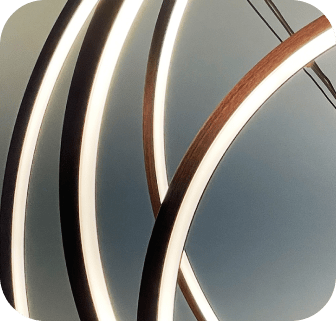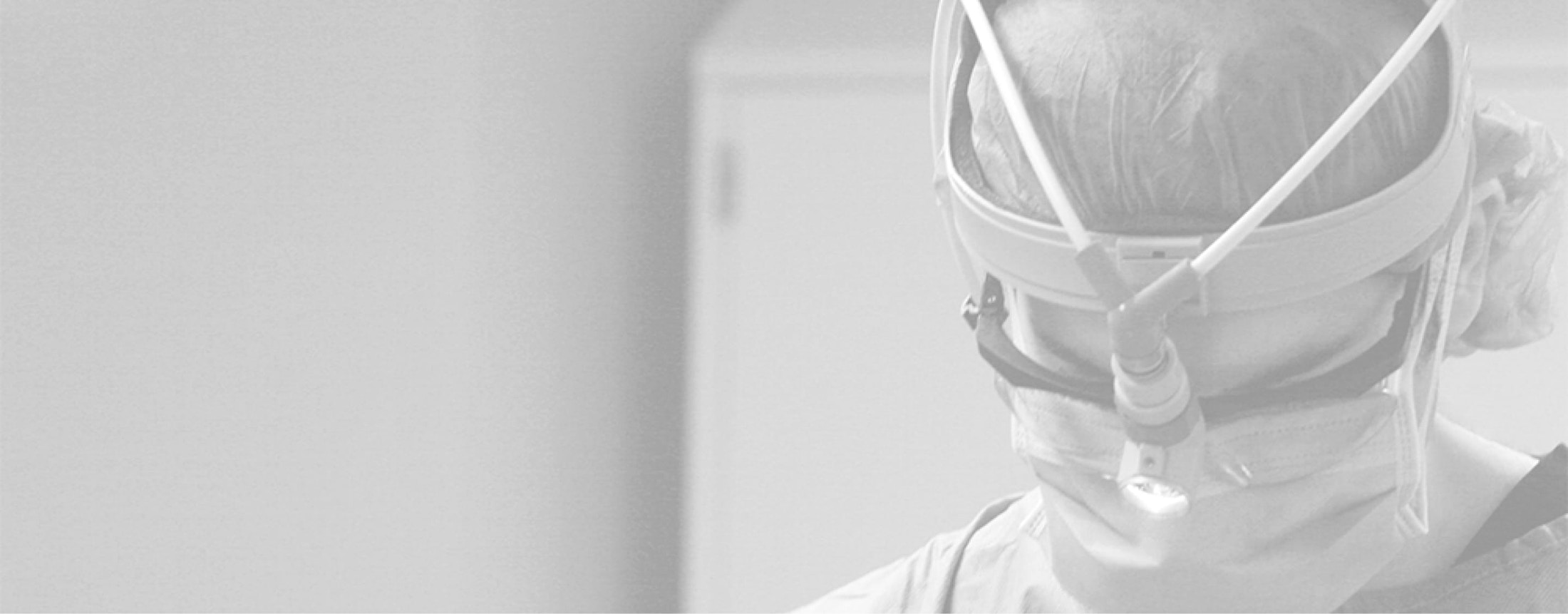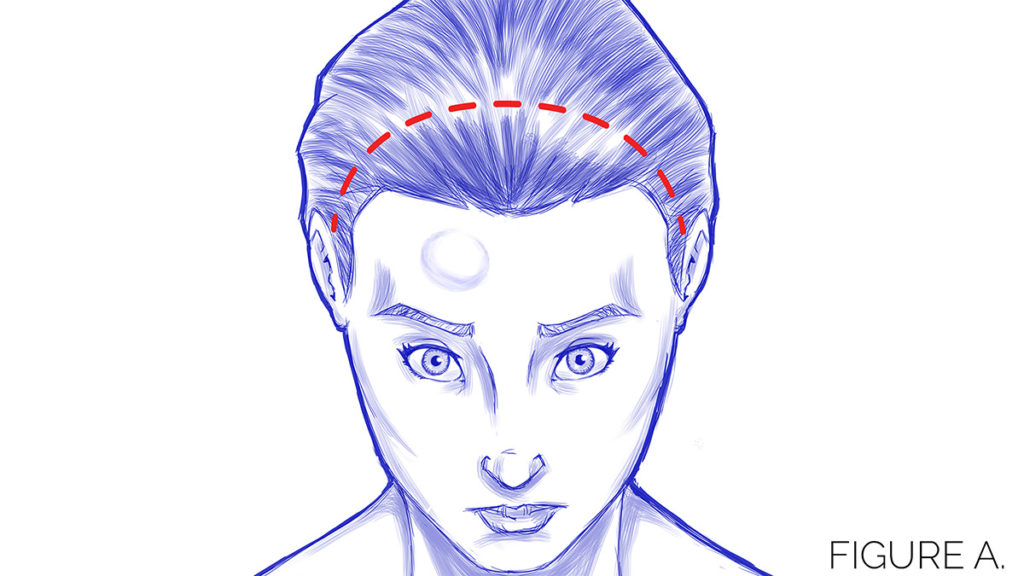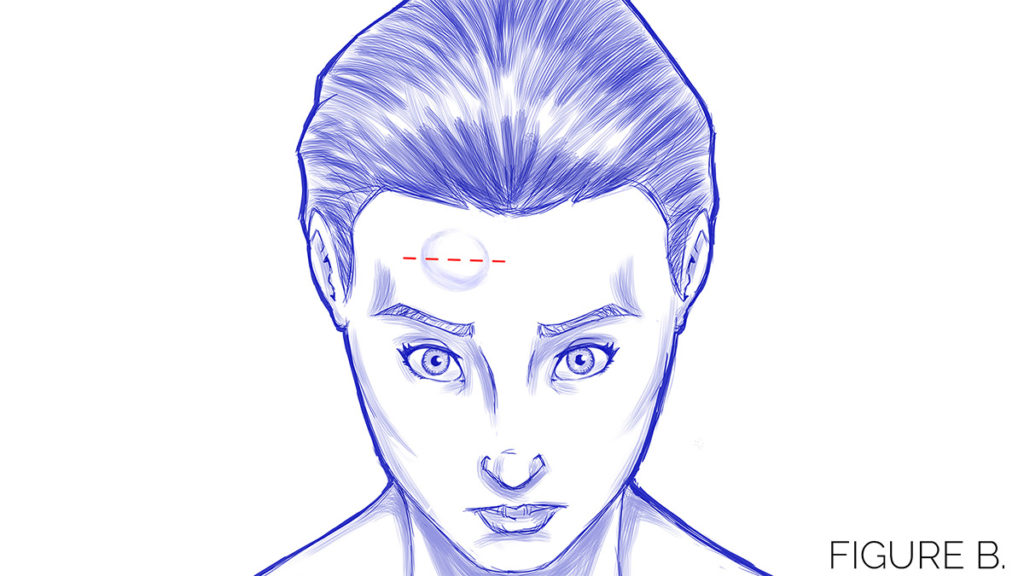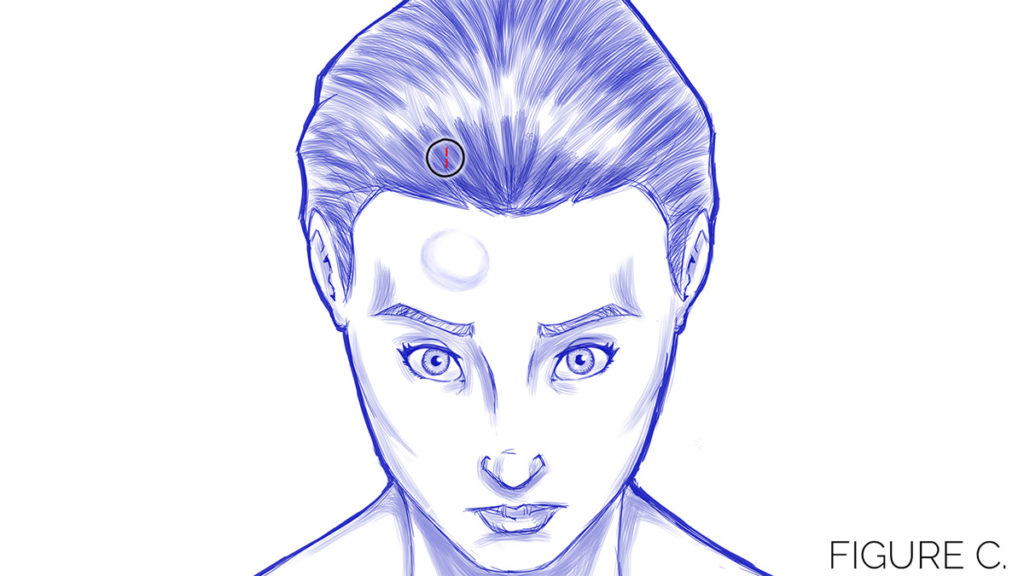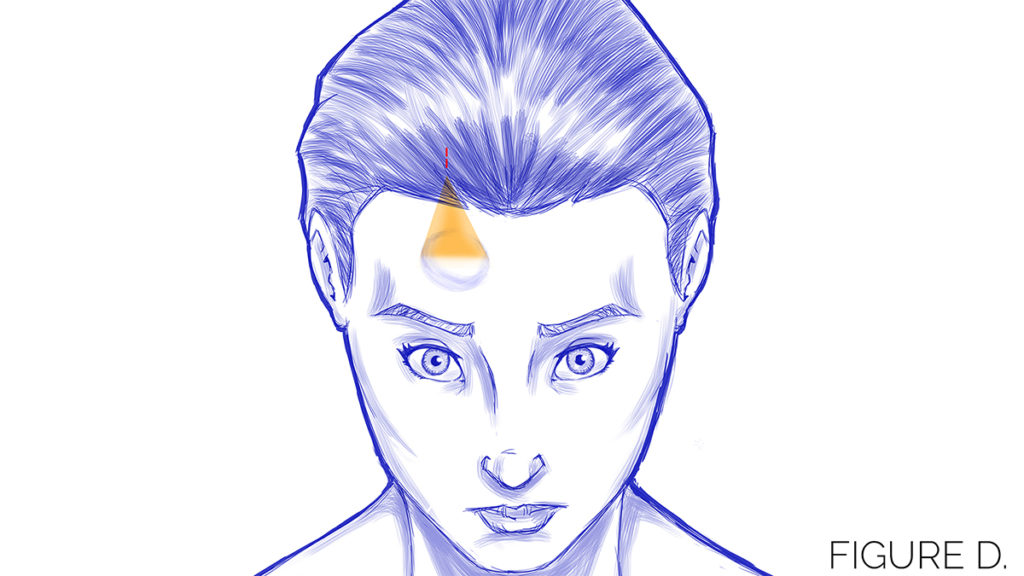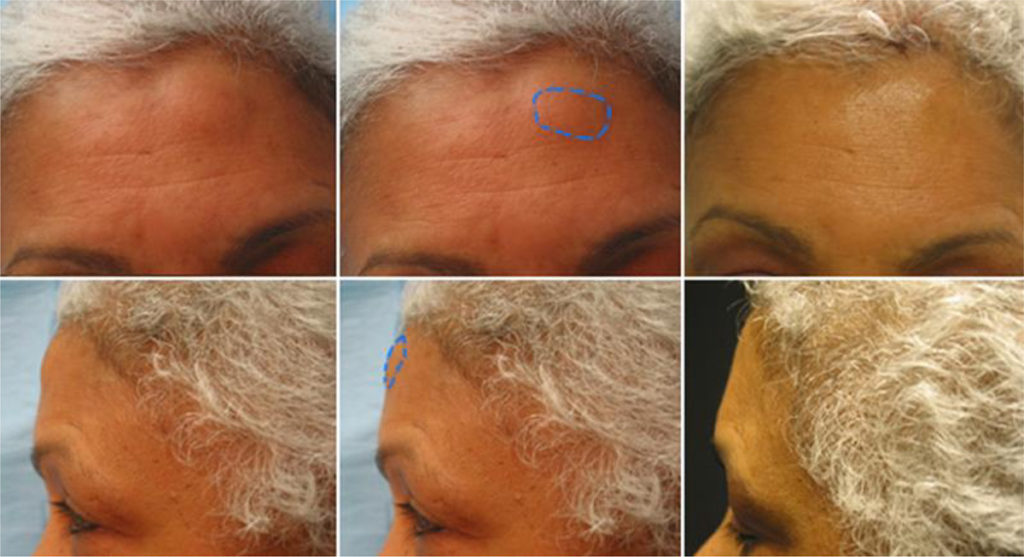Are All Bumps On The Foreheads Osteomas Or Lipomas?
No, there are a variety of medical conditions and normal anatomic variations which can mimic either.
Do I Always Need A CT Scan?
Not necessarily. When the diagnosis is highly certain, imaging may not be necessary. Typically, lipomas do not need CT scans.
How Can You Tell A Lipoma From An Osteoma?
Since osteomas are fixed to the bone, there is no movement. Lipomas will move (sometimes fairly subtle).
Is The Removal Painful?
Typically it is fairly pain free experience often equated to a dental procedure.
Do I Need Anesthesia?
Most patients are able to do the procedure comfortably in the office. Patients always have the option to have the procedure performed under general anesthesia or in OR setting especially if they have difficulty “numbing” with local anesthesia.
Can I See The Osteoma Or Lipoma When It Is Removed?
Yes, patients often want to see the osteoma or lipoma.
What Is The Number One Reason Why Patients Have Forehead Bumps Removed?
Often times it is because patients notice that when they are conversing with others that their eyes are focused on the bump rather than making eye contact. Other patients notice that they are forced to wear bangs.
Do Bumps Grow Back?
If the bump is an osteoma or lipoma there is always a chance for recurrence. Dr. Shah’s recurrence rate is less than 1%.
Will I Have A Bruise?
Depends on location of forehead bump and whether or not you have a tendency to bruise easily. Most patients do not bruise when the osteoma is located near the hairline while osteomas near the brow area have a higher incidence of bruising.
Will I Have Numbness Afterwards?
Typically our patients do not experience numbness. This is in part due to the design of Dr. Shah’s incision (parallel to the sensory nerves) as well as his anatomic dissection plane.

